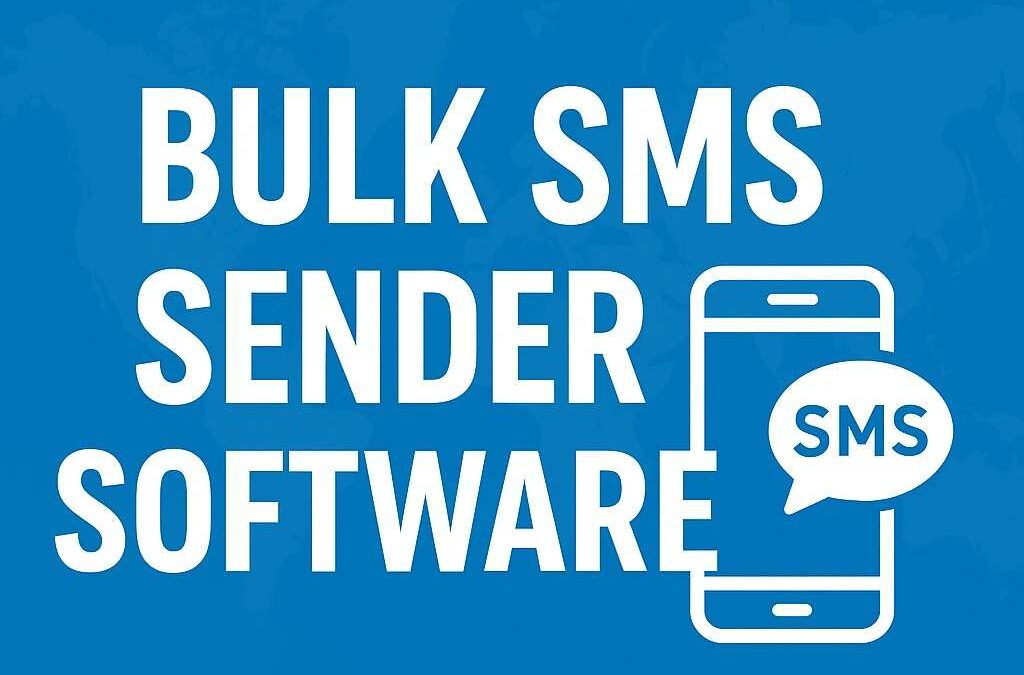Public relations has always been about building and maintaining a brand’s reputation. But in today’s fast-moving, hyper-connected world, PR is no longer just about sending out press releases or organising events. The digital age has changed how brands communicate, and every PR firm—big or small—has had to adapt.
From social media to data analytics, the tools and strategies available today offer endless possibilities for reaching audiences in more targeted and engaging ways. Here’s a closer look at the key trends shaping the future of PR and how agencies are keeping up.
1. The Rise of Digital-First Strategies
In the past, PR campaigns often started with traditional media—newspapers, TV, and radio. Now, the majority of campaigns begin with digital-first strategies. This means PR teams are planning their messages around:
-
Social media platforms
-
Online publications
-
Digital influencers
-
Video streaming services
Why the shift? Audiences are spending more time online than ever before. A smart PR firm knows that being visible where your audience already is—in their social feeds, on YouTube, or in their favourite podcasts—is the most effective way to connect.
2. Social Media as the New PR Battlefield
Social media is no longer just a marketing tool—it’s a vital PR channel. The digital age has blurred the lines between public relations, marketing, and customer service, with platforms like Instagram, TikTok, and LinkedIn being used for:
-
Announcing brand news
-
Responding to public feedback
-
Managing crises in real time
Modern PR teams have had to learn the art of creating snackable content—short, engaging posts that can go viral, while still aligning with a brand’s overall messaging. A good PR firm now includes social media managers, content creators, and community managers as part of its team.
3. Influencer Partnerships Are Mainstream
Influencer marketing isn’t new, but it has become a staple in PR campaigns. Rather than relying solely on traditional journalists, brands are partnering with influencers who already have loyal audiences.
What’s changed is how these partnerships work:
-
Micro and nano influencers (with smaller, niche followings) are often more valuable than celebrities, because their engagement rates are higher.
-
PR agencies now treat influencer collaborations with the same professionalism as media relations, ensuring contracts, brand guidelines, and measurable KPIs are in place.
4. Data-Driven PR
Gone are the days when PR success was measured by the number of newspaper clippings or TV mentions. In the digital age, PR teams can track:
-
Website traffic spikes after a campaign
-
Social media engagement rates
-
Click-throughs from online press releases
-
Sentiment analysis (whether people are reacting positively or negatively)
This shift means a PR firm can prove its value with hard numbers. Data not only shows ROI but also helps refine future campaigns for better results.
5. Real-Time Crisis Management
One tweet or viral video can spark a PR crisis within minutes. That’s why modern PR agencies have crisis response plans that allow them to react instantly. This includes:
-
Monitoring brand mentions online 24/7
-
Having pre-approved response templates
-
Using social listening tools to detect problems before they blow up
Speed matters more than ever—waiting even a few hours to respond to a situation could make it worse.
6. Content Creation is Central
In the past, PR was about getting media coverage. Now, many PR teams act like mini media companies, creating their own content such as:
-
Blog posts
-
Videos
-
Podcasts
-
Infographics
This approach gives brands more control over their message instead of relying entirely on external journalists. A PR firm that excels at content creation can position its clients as thought leaders, attracting both media and public attention.
7. Greater Focus on Corporate Social Responsibility (CSR)
Today’s consumers care about more than just products—they want to support companies that align with their values. PR agencies are helping brands showcase:
-
Sustainability initiatives
-
Diversity and inclusion programs
-
Community outreach projects
These stories aren’t just “nice to have”—they’re essential for building trust in the digital era, where transparency is key.
8. The Fusion of PR and SEO
Search engine optimisation (SEO) used to be something only digital marketers worried about. Now, PR professionals are working closely with SEO teams to ensure online press releases, blog posts, and media coverage boost search rankings.
This means writing headlines and content that not only attract journalists but also include relevant keywords that make brands easier to find online.
9. Personalised Media Outreach
Instead of sending out mass press releases, modern PR agencies are tailoring pitches to specific journalists, bloggers, or influencers. Using tools that track individual interests and past work, PR teams can offer exclusive, relevant stories—making it more likely the pitch will be accepted.
10. Hybrid and Virtual Events
The pandemic changed the events landscape, and many PR campaigns now include virtual or hybrid events. These allow brands to reach a wider audience without the geographical limitations of in-person gatherings. Livestreaming, interactive webinars, and virtual press conferences are now common practice.
The world never stops evolving, and neither does public relations!
The digital age has transformed PR from a one-way message delivery system into a dynamic, interactive process. A successful PR firm today is agile, tech-savvy, and adept at blending traditional relationship-building with modern digital tools.
For brands, this means endless opportunities to connect with audiences—but also new challenges in keeping up with the pace of change. The key is to stay flexible, keep learning, and embrace the digital tools that make storytelling more powerful than ever.







0 Comments